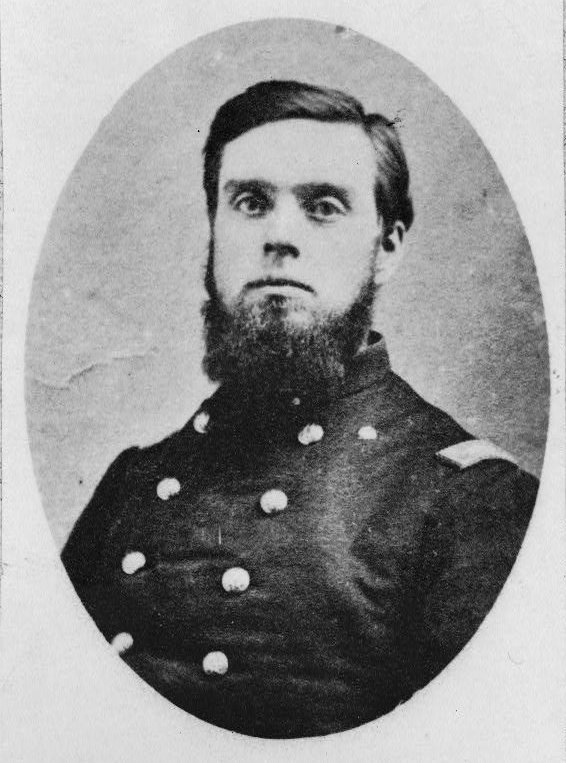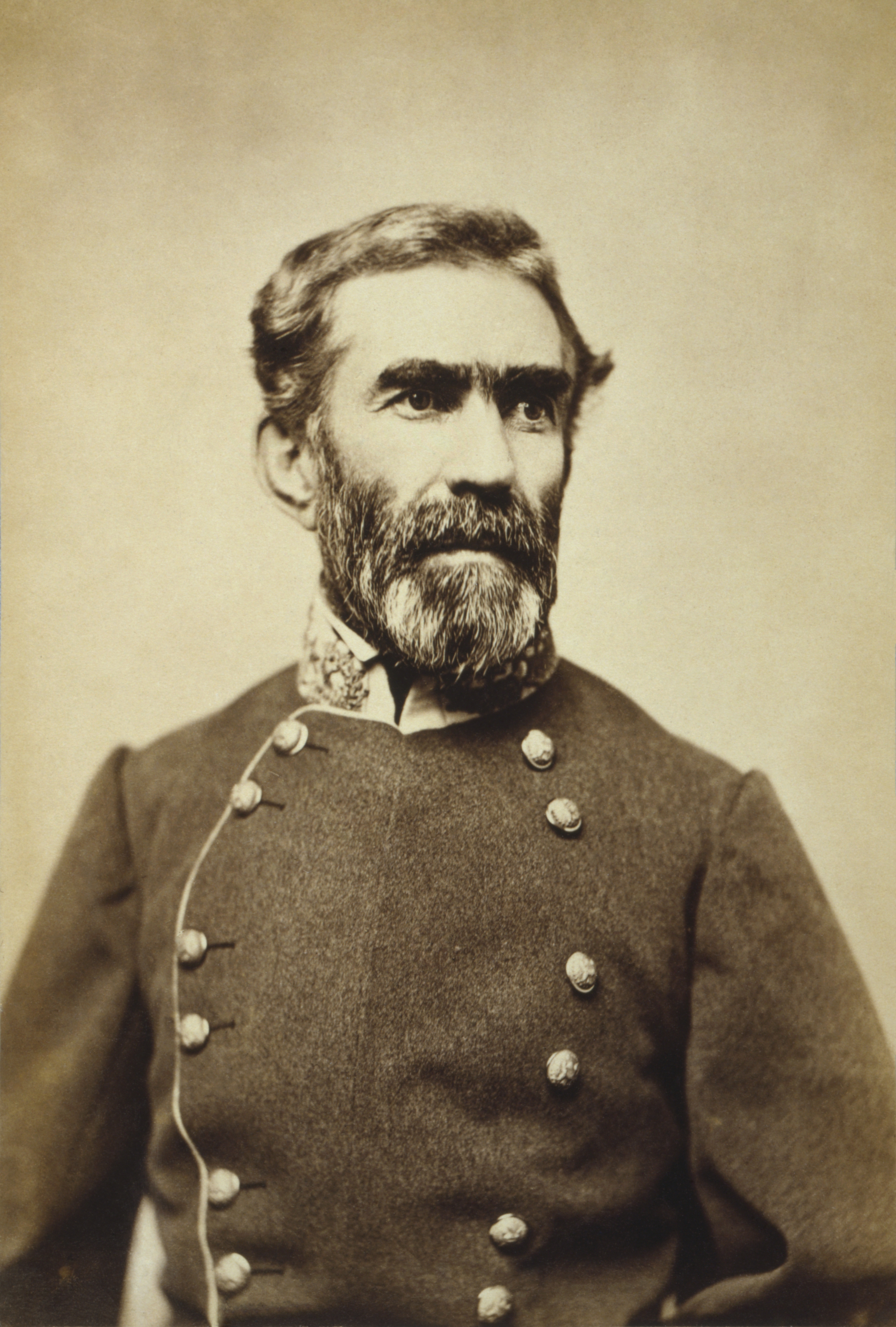|
John L. Mitchell
John Lendrum Mitchell (October 19, 1842June 29, 1904) was an American politician and philanthropist from Milwaukee, Wisconsin. A Democrat, he served one term each in the United States Senate (1893–1899) and House of Representatives (1891–1893). Earlier, he was a member of the Wisconsin State Senate and a Union Army officer in the American Civil War. He was the son of powerful railroad owner and Milwaukee financier Alexander Mitchell and used his inheritance on significant works of philanthropy in Milwaukee—he is the namesake of the Mitchell Park Horticultural Conservatory. Additionally, his son, U.S. Army Major General William Lendrum "Billy" Mitchell, is considered the father of the United States Air Force, and the namesake of Milwaukee Mitchell International Airport. Early life He was born in Milwaukee in the Wisconsin Territory, the son of Martha (Reed) and Alexander Mitchell, a wealthy banking magnate, politician, and Scottish American immigrant. ... [...More Info...] [...Related Items...] OR: [Wikipedia] [Google] [Baidu] |
Wisconsin
Wisconsin () is a state in the upper Midwestern United States. Wisconsin is the 25th-largest state by total area and the 20th-most populous. It is bordered by Minnesota to the west, Iowa to the southwest, Illinois to the south, Lake Michigan to the east, Michigan to the northeast, and Lake Superior to the north. The bulk of Wisconsin's population live in areas situated along the shores of Lake Michigan. The largest city, Milwaukee, anchors its largest metropolitan area, followed by Green Bay and Kenosha, the third- and fourth-most-populated Wisconsin cities respectively. The state capital, Madison, is currently the second-most-populated and fastest-growing city in the state. Wisconsin is divided into 72 counties and as of the 2020 census had a population of nearly 5.9 million. Wisconsin's geography is diverse, having been greatly impacted by glaciers during the Ice Age with the exception of the Driftless Area. The Northern Highland and Western Upland along ... [...More Info...] [...Related Items...] OR: [Wikipedia] [Google] [Baidu] |
Union Army
During the American Civil War, the Union Army, also known as the Federal Army and the Northern Army, referring to the United States Army, was the land force that fought to preserve the Union of the collective states. It proved essential to the preservation of the United States as a working, viable republic. The Union Army was made up of the permanent regular army of the United States, but further fortified, augmented, and strengthened by the many temporary units of dedicated volunteers, as well as including those who were drafted in to service as conscripts. To this end, the Union Army fought and ultimately triumphed over the efforts of the Confederate States Army in the American Civil War. Over the course of the war, 2,128,948 men enlisted in the Union Army, including 178,895 colored troops; 25% of the white men who served were immigrants, and further 25% were first generation Americans.McPherson, pp.36–37. Of these soldiers, 596,670 were killed, wounded or went missi ... [...More Info...] [...Related Items...] OR: [Wikipedia] [Google] [Baidu] |
United States Senate
The United States Senate is the upper chamber of the United States Congress, with the House of Representatives being the lower chamber. Together they compose the national bicameral legislature of the United States. The composition and powers of the Senate are established by Article One of the United States Constitution. The Senate is composed of senators, each of whom represents a single state in its entirety. Each of the 50 states is equally represented by two senators who serve staggered terms of six years, for a total of 100 senators. The vice president of the United States serves as presiding officer and president of the Senate by virtue of that office, despite not being a senator, and has a vote only if the Senate is equally divided. In the vice president's absence, the president pro tempore, who is traditionally the senior member of the party holding a majority of seats, presides over the Senate. As the upper chamber of Congress, the Senate has several powers ... [...More Info...] [...Related Items...] OR: [Wikipedia] [Google] [Baidu] |
Democratic Party United States
The Democratic Party is one of the two major contemporary political parties in the United States. Founded in 1828, it was predominantly built by Martin Van Buren, who assembled a wide cadre of politicians in every state behind war hero Andrew Jackson, making it the world's oldest active political party.M. Philip Lucas, "Martin Van Buren as Party Leader and at Andrew Jackson's Right Hand." in ''A Companion to the Antebellum Presidents 1837–1861'' (2014): 107–129."The Democratic Party, founded in 1828, is the world's oldest political party" states Its main political rival has been the Republican Party since the 1850s. The party is a big tent, and though it is often described as liberal, it is less ideologically uniform than the Republican Party (with major individuals within it frequently holding widely different political views) due to the broader list of unique voting blocs that compose it. The historical predecessor of the Democratic Party is considered to be th ... [...More Info...] [...Related Items...] OR: [Wikipedia] [Google] [Baidu] |
Battle Of Hoover's Gap
The Battle of Hoover's Gap (24 June 1863) was the principal battle in the Tullahoma Campaign of the American Civil War, in which Union General William S. Rosecrans drove General Braxton Bragg’s Confederates out of Central Tennessee. Rosecrans’ feigned move on the western end of the Confederate line had left the eastern mountain passes lightly defended, and Colonel John T. Wilder's mounted infantry achieved total surprise when they attacked Hoover's Gap. Success was attributed both to Rosecrans’ brilliant deception tactics and the high morale of Wilder’s " Lightning Brigade", equipped with the new Spencer repeating rifle. Background Following the Battle of Stones River, Maj. Gen. William Rosecrans, commanding the Union Army of the Cumberland, remained in the Murfreesboro, Tennessee, area for over five months. In an effort to block further Union progress, Confederate Gen. Braxton Bragg, commander of the Army of Tennessee, established a fortified line along the ... [...More Info...] [...Related Items...] OR: [Wikipedia] [Google] [Baidu] |
Battle Of Stones River
The Battle of Stones River, also known as the Second Battle of Murfreesboro, was a battle fought from December 31, 1862, to January 2, 1863, in Middle Tennessee, as the culmination of the Stones River Campaign in the Western Theater of the American Civil War. Of the major battles of the war, Stones River had the highest percentage of casualties on both sides. The battle ended in Union victory after the Confederate army's withdrawal on January 3, largely due to a series of tactical miscalculations by Confederate General Braxton Bragg, but the victory was costly for the Union army. Nevertheless, it was an important victory for the Union because it provided a much-needed boost in morale after the Union's recent defeat at Fredericksburg and also reinforced President Abraham Lincoln's foundation for issuing the Emancipation Proclamation, which ultimately discouraged European powers from intervening on the Confederacy's behalf. Union Maj. Gen. William S. Rosecrans's Army of th ... [...More Info...] [...Related Items...] OR: [Wikipedia] [Google] [Baidu] |
Stones River Campaign
The Stones River Campaign of the American Civil War lasted from November 1862 to January 1863. The campaign was tactically a draw but was a strategic Union victory due to the Confederate retreat after the Battle of Stones River. 1862 in Tennessee 1863 in Tennessee Campaigns of the Western Theater of the American Civil War {{AmericanCivilWar-stub ... [...More Info...] [...Related Items...] OR: [Wikipedia] [Google] [Baidu] |
Battle Of Perryville
The Battle of Perryville, also known as the Battle of Chaplin Hills, was fought on October 8, 1862, in the Chaplin Hills west of Perryville, Kentucky, as the culmination of the Confederate Heartland Offensive (Kentucky Campaign) during the American Civil War. Confederate Gen. Braxton Bragg's Army of Mississippi initially won a tactical victory against primarily a single corps of Maj. Gen. Don Carlos Buell's Union Army of the Ohio. The battle is considered a strategic Union victory, sometimes called the Battle for Kentucky, since Bragg withdrew to Tennessee soon thereafter. The Union retained control of the critical border state of Kentucky for the remainder of the war. On October 7, Buell's army, in pursuit of Bragg, converged on the small crossroads town of Perryville in three columns. Union forces first skirmished with Confederate cavalry on the Springfield Pike before the fighting became more general, on Peters Hill, when the Confederate infantry arrived. Both sides ... [...More Info...] [...Related Items...] OR: [Wikipedia] [Google] [Baidu] |
Confederate Heartland Offensive
The Confederate Heartland Offensive (August 14 – October 10, 1862), also known as the Kentucky Campaign, was an American Civil War campaign conducted by the Confederate States Army in Tennessee and Kentucky where Generals Braxton Bragg and Edmund Kirby Smith tried to draw neutral Kentucky into the Confederacy by outflanking Union troops under Major General Don Carlos Buell. Though they scored some successes, notably a tactical win at Perryville, they soon retreated, leaving Kentucky primarily under Union control for the rest of the war. Background Military situation Western campaigns by Union forces earlier in 1862 had reaped much progress. The Tennessee and Cumberland Rivers had been opened to the U.S. Navy after successes at the battles of Fort Henry and Fort Donelson. The railroad hub at Corinth had been evacuated by the Confederates, causing most of West Tennessee to fall into Union control. New Orleans, the Confederacy's largest city at that time, had been capt ... [...More Info...] [...Related Items...] OR: [Wikipedia] [Google] [Baidu] |
American Civil War
The American Civil War (April 12, 1861 – May 26, 1865; also known by other names) was a civil war in the United States. It was fought between the Union ("the North") and the Confederacy ("the South"), the latter formed by states that had seceded. The central cause of the war was the dispute over whether slavery would be permitted to expand into the western territories, leading to more slave states, or be prevented from doing so, which was widely believed would place slavery on a course of ultimate extinction. Decades of political controversy over slavery were brought to a head by the victory in the 1860 U.S. presidential election of Abraham Lincoln, who opposed slavery's expansion into the west. An initial seven southern slave states responded to Lincoln's victory by seceding from the United States and, in 1861, forming the Confederacy. The Confederacy seized U.S. forts and other federal assets within their borders. Led by Confederate President Jefferson ... [...More Info...] [...Related Items...] OR: [Wikipedia] [Google] [Baidu] |






